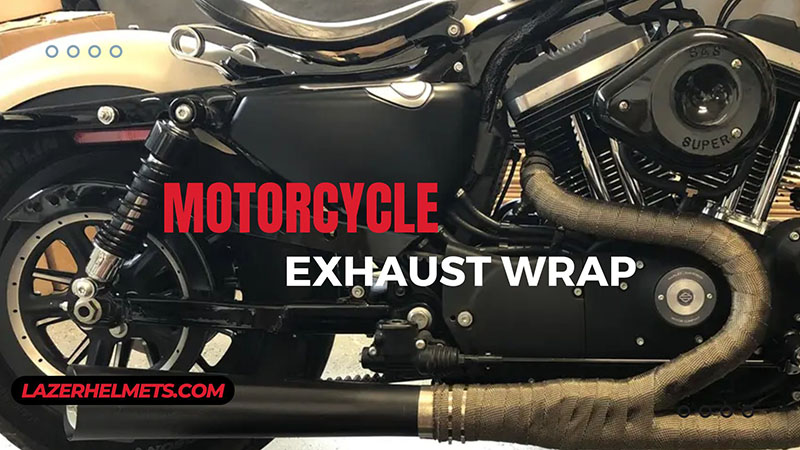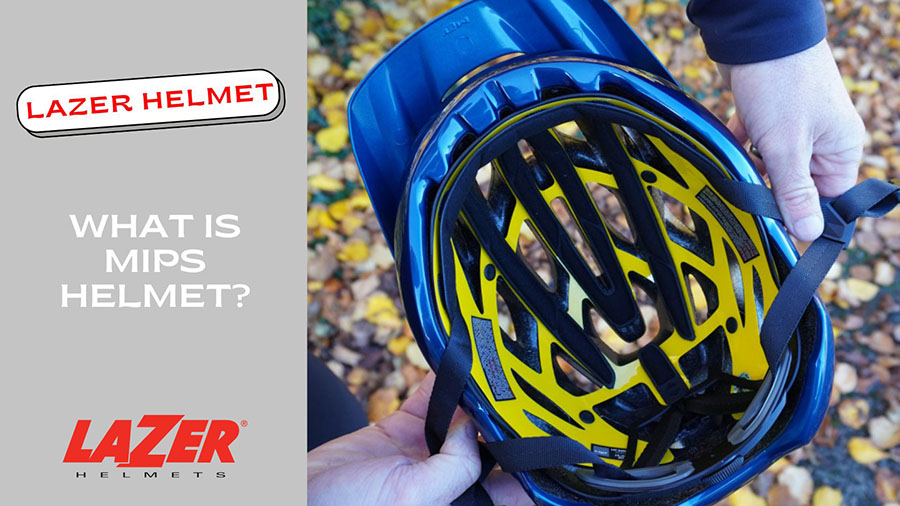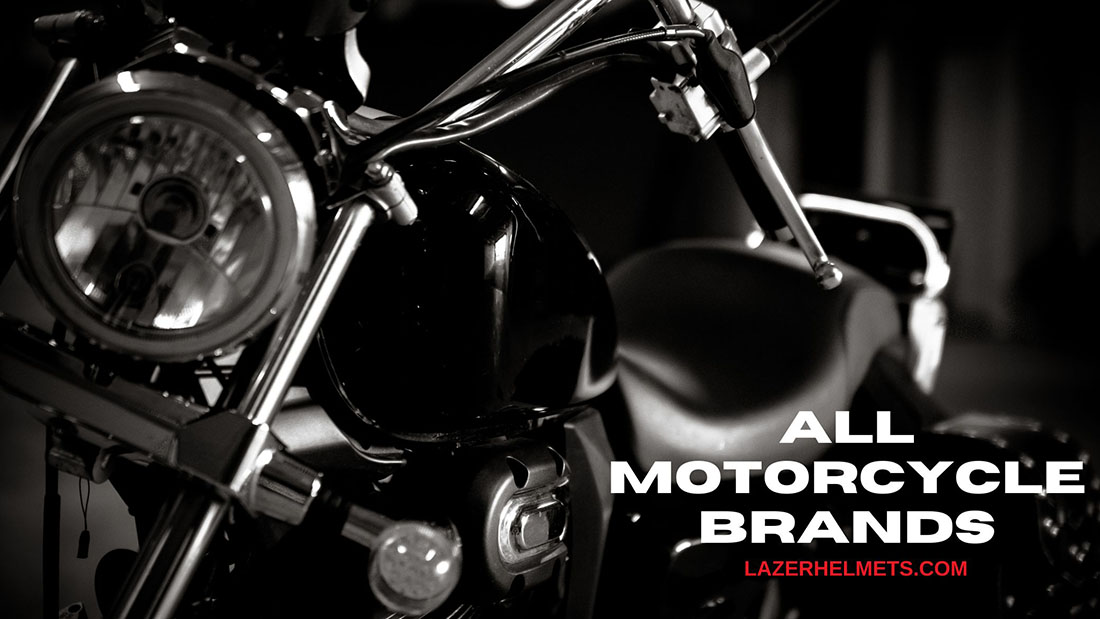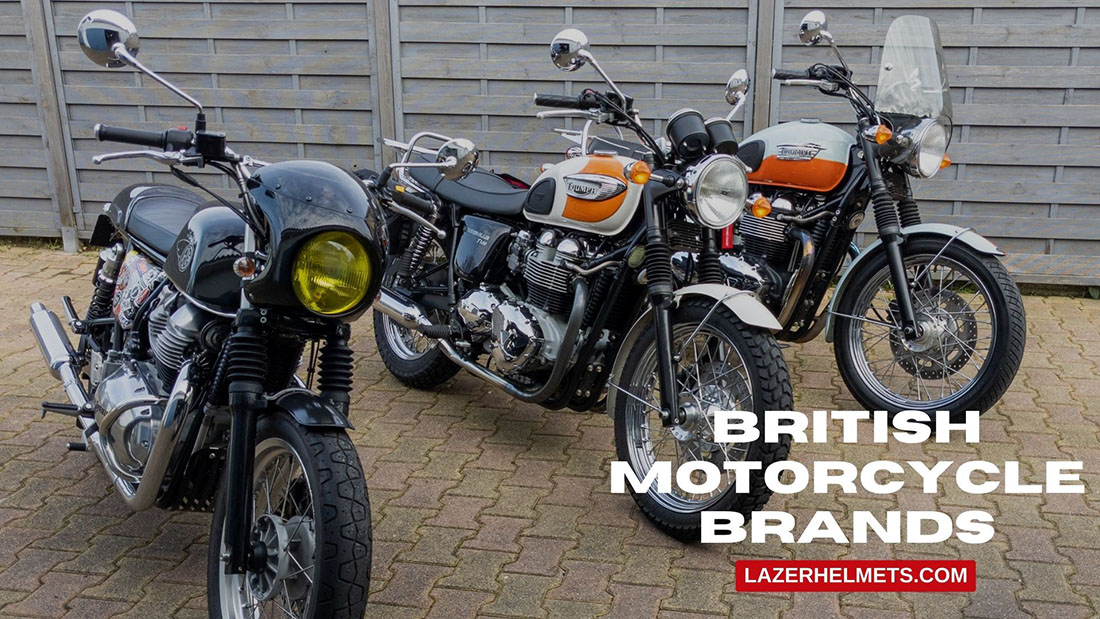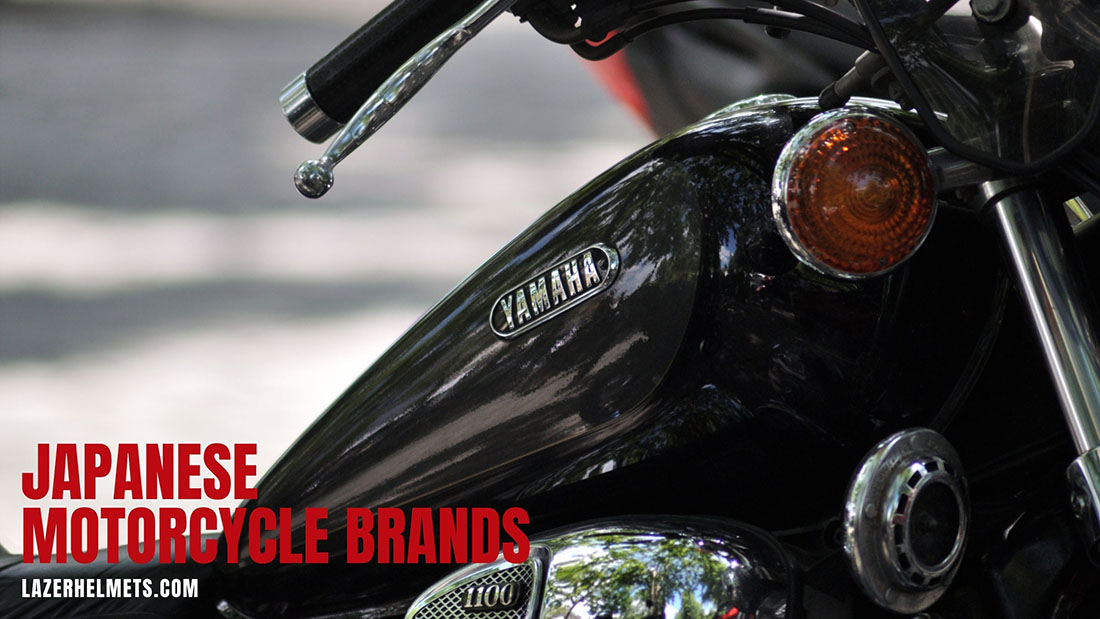Though not a manufacturer-provided compartment, motorcycle exhaust wraps have become more popular today, especially among long-trip riders who often have to stay on the road for hours.
They sustain the heat for your exhaust pipes while protecting them against external debris and damage, ensuring your motorbike has better and longer lifespans!
There are many myths surrounding heat wrap on motorcycle exhaust, and people feel unsure whether installing them is the right move. We enter the scene to help debunk this mystery, unveiling the pros and cons of these motorbike wraps for you!
Table of Contents
What Are The Pros and Cons of A Motorcycle Exhaust Heat Wrap?
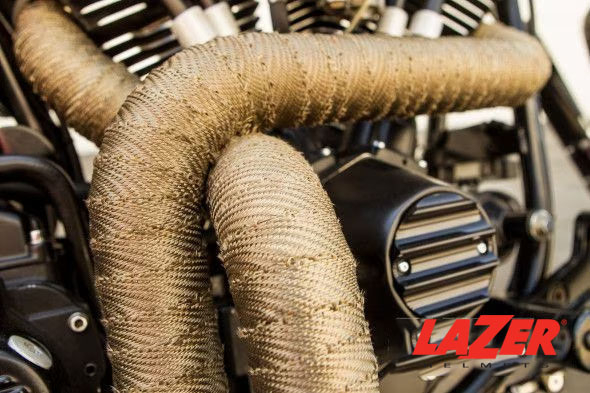
A. The Pros
1. Engine Temperature Reduction
The main reason so many seasoned bikers entrust the fates of their motorbikes in these wraps is how they decrease engine heat. Indeed, the temperature will dissipate to a great extent, keeping the pipes well-functioned.
With such a balanced air consumption, you can optimize the throttle and horsepower through rides of any length without severe burning danger.
2. Great Protection for Your Clothes and Feet
How many times have you mistakenly touched the exhaust or burnt your foot? We bet you can’t even remember the exact number! Some more severe cases might even injure your toes or ankles, dramatically compromising your physical security.
Thankfully, sidestepping these leg burns is easy with a high-quality exhaust cover. Though the wrap still feels warm against your skin, it will not scorch or burn.
3. Prevent Overcooling Motorcycle Exhaust Pipes
Overheating is no doubt a danger to the bike’s performance. But over-cooling issues are equally deadly, too. To sustain great engine efficiency, one must keep the exhaust pipe’s temperature at the right level.
Without turning to exhaust wraps, such a feat might be difficult. Since most commercial wraps comprise metal, their internal temperature is always reasonably sufficient, allowing fast movements for the exhaust gases. Hence, your engine will release exhausts much more smoothly.
4. A Clean Appearance
Single tubes of old motorcycles might be considered “classic” or “vintage.” One major drawback, though: keeping them tidy is by no means easy! Excessive heat will colorize their metal – and even high-grade stainless steel cannot handle that great temperature.
Thus, wrappings become your lifesaver here; by installing them outside the pipes, these covers can help magnify the bike’s outlook tenfold. Any incongruity will be well hidden without troublesome layer processes.
Who doesn’t want their bike to look unique, vintage, and spotless at the same time, right? If you are also not an exception, exhaust wraps are clearly the go-to option.
5. Improved Engine Sounds
Most bike engines (and especially cars) create clicking or rattling sounds that resemble stitching devices at high speed. How annoying!
Fortunately, a major charming point of an exhaust wrap is that any annoying sounds on the road will get swallowed inside the wrap’s metal. No more noises can bother you, guaranteeing a seamless riding experience for the rest of the trip.
6. Stylish Custom Bike Options
Wrap alternatives on the marketplaces are flexible, giving you ample freedom to decide which exhaust part to cover. You may either wrap the whole pipelines or just certain compartments.
A diverse range of themes and colors are also available for those who wish to match the wrap with their motorcycle’s design.
7. Great Protection for The Bike’s Internal Parts
Despite the name “exhaust wrap,” the exhaust is not the only thing these wraps can protect.
They will also pull off extra warmth from the other parts of the system, increasing their performance rates and power. No wonder motorbikes with a premium wrap last much longer than those without it!
8. Easy Installation
Lastly, settling these wraps on the bike is a piece of cake – even for riders who have never touched them beforehand.
The whole process only takes about an hour (sometimes even less!). Just abide by the instructions (which we will detail in the next section), and you can easily set up everything in your garage. There’s no need to wait for hours at an auto shop.
Still, before you start, it’s important to consult the manual or guidebook for extra warnings or tips. Note them down to avoid ruining important parts of the exhaust system.
B. The Cons
1. Moisture Might Occur If The Bike Is Not Frequently Ridden
If you intend to use header wraps for the bike, ensure the riding schedule lasts throughout the entire year. Otherwise, bikes parked for too long will collect moisture below the wrap, speeding up the corrosion process. Your bike will become a wreck.
In most cases, traveling at high city speeds is more than enough to fight moisture. Hence, do not forget to plan your riding trips at least twice a month to ward that disaster off.
Another suggestion by experienced riders is to spray some silicone on the pipes before wrapping them (though others claim this trick doesn’t help much). All in all, consider carefully whether buying exhaust wraps is worth it.
2. There Might Be Fire Hazards for The Motorcycles
We cannot deny that many high-quality wraps allow riders to cover the entire exhaust system without difficulties.
Still, for most average/substandard brands, the wrap can easily collect fuel, grime, and oil, especially if your bikes are older models with single tubes. As they get heated, fire hazards might be at play whenever spills occur.
Due to that reason, always stay proactive with every cleaning effort on your motorcycle. Only then can you prevent unexpected mishaps or surprises amidst the ride!
3. Your Motorcycles Might Face Clearance Issues
When your exhaust pipes touch the wrap, this contact produces an extra area around the tube’s diameter to get taken up. Depending on the motorbike’s model and make, such a phenomenon might lead to clearance issues with the steering shaft.
Some people recommend using ceramic proprietary coating rather than wraps in these cases. Their flexible design means tight areas are not severely affected as with standard wrappings.
4. Their Smells Might Be Terrible
Once the wrap has been installed on the bike, you may smell its curing process whenever the engine operates. And no, it’s not the fragrance of plastics/upholstery or new cars that most people are addicted to; the odors are disastrous!
Though tight seals can shoo these exhaust pipe fumes away, it still takes at least 5 to 6 hours of your riding time. Your best bet is to open the throttles on open road stretches, letting the wind do the job for you.
5. You Cannot Take Back Your Decision
We keep stressing that you MUST think carefully for a reason – after the wraps are settled, you cannot take back your decision. The curing process will spawn fibers on the wraps that stay there forever!
Spraying some silicone layers before wrapping may help you remove them in the near future, but chances are just 50/50. So for riders who still feel uncertain after reading this article, put the project aside until you have decided and understood what you need.
How to Install The Motorbike Exhaust Wraps?
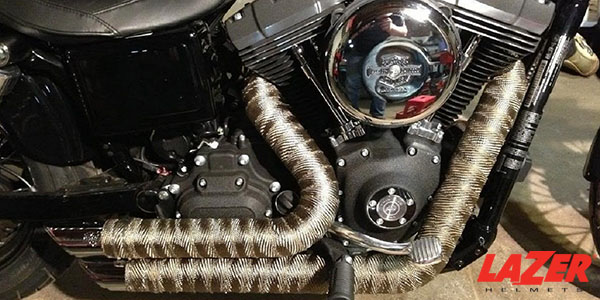
Step 1. Gather The Supplies
Aside from the pipe wrap, you also need the following:
- Extra wraps to keep the pipe wrap in place (alternatives: safety wires, hose clamps, stainless clamps). Another option is to purchase pipe wrap kits, which usually cover both wraps and fasteners.
- Latex gloves (to prevent skin itches)
- Small bucket
- Exhaust pipe gasket
Step 2. Remove The Exhaust Header
Unbolt the screws and examine the exhaust for cracked brackets, broken pinholes, or welds. If there is heavy rust, use wire brushes to clean it.
Step 3. Soak The Wrap
Remember the buckets we have asked you to prepare? Drop the wrap there to soak them up.
Step 4. Wrap The Pipes
Wire one wrap’s end at the outlet and begin wrapping. Pull it tight and overlap the previous layer halfway through every wrap. Finally, affix the wraps to your manifold end.
Once done, reinstall the pipes with the gaskets. You are all set.
How Long Does A Motorbike Exhaust Wrap Last?
Unless you purchase substandard products, an average wrap should last three to five years.
Still, signs of deterioration and color fades might arrive before the five-year benchmark, which demands immediate replacements.
Conclusion
Our article has listed the major pros and cons of motorcycle wraps. Though experts and professionals still encourage riders to install them, numerous downsides are at play.
Weigh the benefits and drawbacks carefully to make better decisions; if you decide these wraps are still worth it at the end of the day, ensure your time and effort are well-spent by tracing along our installation guidelines carefully.
Like any bike feature, wraps do not last forever. Check out for their symptoms of wear-down and malfunctions (or have professional services do so for you) to replace them with new ones on time!

